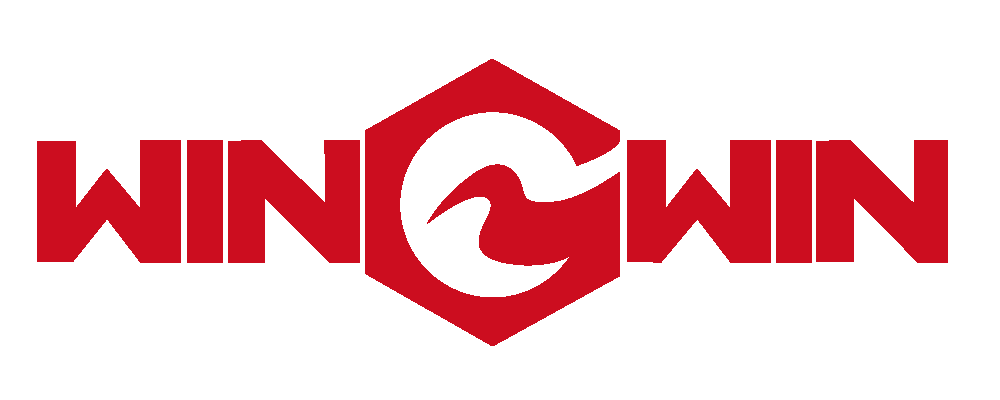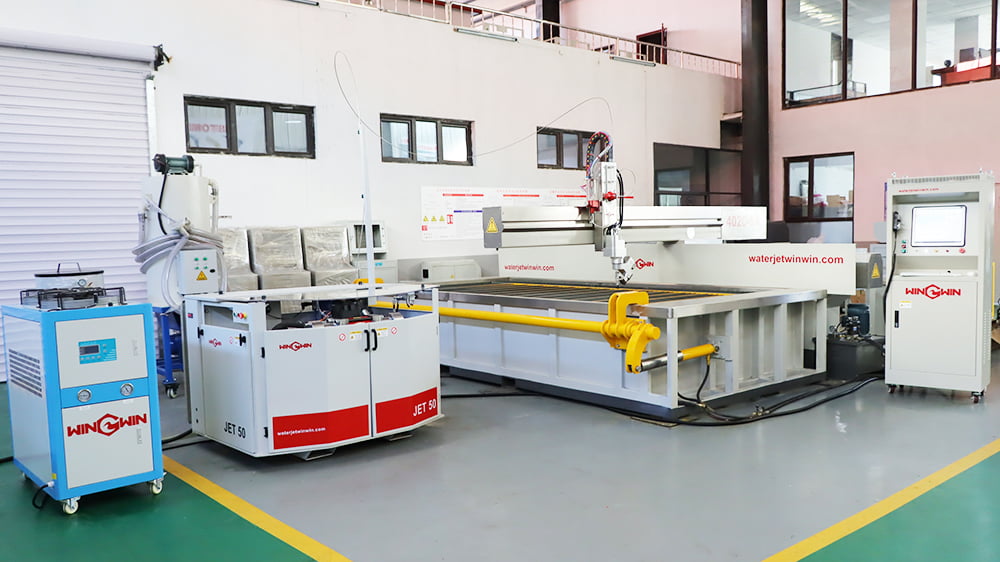Descripción
- Chorro de agua cutting is a powerful and versatile technology that is used in a wide range of industries, from aerospace and automotive to architecture and art. It uses a high-pressure stream of water, mixed with Partículas abrasivas if necessary, to cut through a variety of materials with precision and speed. In this article, we will explore the principles of waterjet cutting, how it works, what it is used for, and the advantages and disadvantages of this technology.Chapter 1: Principles of Waterjet CuttingWaterjet cutting is based on the principle of erosion, where a high-velocity stream of water is used to erode the material being cut. The waterjet stream is generated by a special pump that pressurizes water to between 40,000 to 90,000 psi. The water is then forced through a tiny nozzle, typically 0.010 to 0.015 inches in diameter, which focuses the stream into a high-velocity jet. If abrasive particles are added to the water, they will be carried along with the stream and impact the material being cut, enhancing the cutting efficiency and accuracy.Chapter 2: How Does Waterjet Cutting Work?Waterjet cutting works by directing the high-pressure stream of water onto the material being cut, which is typically placed on a flat bed or a computer-controlled table. The waterjet stream is guided by a cutting head that can move along the X-Y-Zaxis, following a pre-determined cutting path programmed by a computer. As the waterjet stream contacts the material, it erodes it by removing small particles, which are carried away by the water stream. The cutting head can be controlled to adjust the speed of the stream, the angle of the jet, and the amount of water and abrasive used, depending on the material being cut and the desired cutting precision.
Chapter 3: What is Waterjet Used For?
Waterjet cutting is used in a wide range of applications, from cutting soft materials like rubber, foam, and plastics, to harder materials like metals, stone, and ceramics. It is particularly suited for cutting complex shapes and contours, as well as for cutting thick materials that would be difficult or impossible to cut with other methods. Waterjets are used in industries such as aerospace, automotive, manufacturing, architecture, and art, among others.
Chapter 4: Advantages and Disadvantages of Waterjet Cutting
One of the main advantages of waterjet cutting is its versatility, as it can cut through a wide range of materials, from soft to hard, thin to thick, and with high accuracy and precision. It is also a relatively fast cutting method, particularly for thinner materials. Waterjet cutting is also environmentally friendly, as it does not produce heat, dust, or fumes, and does not require any hazardous materials.
However, there are also some disadvantages to waterjet cutting. One of the main ones is its relatively high cost, both for the equipment and for the maintenance and operation. It also requires a significant amount of water, which can be a concern in areas where water is scarce. Additionally, waterjet cutting is not as fast as some other cutting methods, such as laser cutting, for certain materials and thicknesses. Finally, the cutting edge produced by waterjet cutting may have a slight taper, which can be a concern if very precise cuts are necessary.
Chapter 5: Laser vs. Waterjet Cutting
One of the most common comparisons made with waterjet cutting is laser cutting. Both methods are used for cutting a wide range of materials, and both have their advantages and disadvantages. Laser cutting is typically faster and more precise than waterjet cutting, particularly for thinner materials and smaller parts. Laser cutting also creates a very narrow kerf, which can be advantageous for certain applications. However, laser cutting is limited in its ability to cut thicker and harder materials, and it can produce heat-affected zones that may affect the material properties.
Waterjet cutting, on the other hand, is more versatile and can cut through a wider range of materials and thicknesses. It can also produce very precise cuts with minimal heat-affected zones. Waterjet cutting is also better suited for cutting thick materials, such as metals and stone, where laser cutting may struggle. However, waterjet cutting is generally slower than laser cutting, particularly for thinner materials.
Chapter 6: Datasheet
For those interested in using waterjet cuttingtechnology, here is a datasheet that provides technical specifications for a typical Máquina de corte por chorro de agua:
Waterjet Cutting Machine Datasheet:
Type of machine: CNC waterjet cutting machine
Cutting area: 4 feet x 8 feet (1.2 meters x 2.4 meters)
Cutting thickness: up to 6 inches (15 cm)
Cutting speed: up to 500 inches per minute (12.7 meters per minute)
Accuracy: +/- 0.005 inches (0.127 mm)
Maximum pressure: 60,000 psi (413.7 MPa)
Abrasive usage: 0.5 lbs per minute (0.23 kg per minute)
Water usage: 1.5 gallons per minute (5.7 liters per minute)
Power requirements: 220V, 60Hz, 3-phase
Dimensions: 14 feet x 8 feet x 6 feet (4.3 meters x 2.4 meters x 1.8 meters)
Weight: 6,000 lbs (2,722 kg)
Software: CAD/CAM software for programming cutting paths
Conclusion:
Waterjet cutting is a powerful and versatile technology that has many advantages for cutting a wide range of materials. Its ability to cut through a variety of materials with precision and speed has made it a popular choice for many applications, and its versatility and environmental friendliness make it a responsible choice for many companies. With the technical specifications provided in the datasheet,it is clear that waterjet cutting machines are capable of handling a variety of cutting needs with high accuracy and efficiency. While there are some disadvantages to waterjet cutting, the benefits often outweigh them, particularly in applications where precision, versatility, and environmental impact are important factors.
As technology continues to advance, it is likely that we will see even more innovations in waterjet cutting, as well as new applications and uses for this powerful technology. With the right machine and software, waterjet cutting can be a highly effective and reliable cutting method for a wide range of industries and applications.

